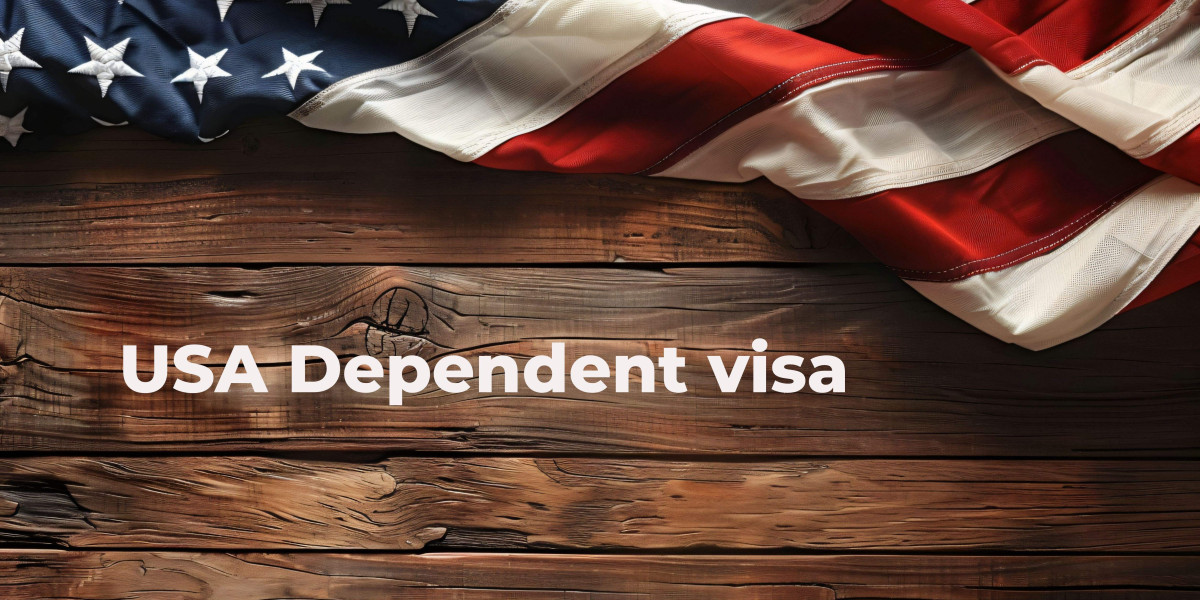The United States offers various visa categories for individuals seeking to enter the country for work, study, or residence. Among these, the USA dependent visa allows family members of primary visa holders to accompany or join them in the U.S. This visa category is essential for maintaining family unity and providing support to the primary visa holder. This article delves into the types, eligibility criteria, application process, and rights associated with dependent visas in the USA.
Types of Dependent Visas
Dependent visas in the USA are generally categorized based on the primary visa holder's status. The most common dependent visas include:
- H-4 Visa: For dependents of H-1B visa holders (specialty occupation workers).
- L-2 Visa: For dependents of L-1 visa holders (intra-company transferees).
- F-2 Visa: For dependents of F-1 visa holders (academic students).
- J-2 Visa: For dependents of J-1 visa holders (exchange visitors).
- O-3 Visa: For dependents of O-1 visa holders (individuals with extraordinary ability or achievement).
Eligibility Criteria
To qualify for a dependent visa, the applicant must meet certain criteria:
- Relationship: The dependent must be a spouse or an unmarried child (under the age of 21) of the primary visa holder.
- Proof of Relationship: Documentation such as marriage certificates for spouses and birth certificates for children must be provided.
- Valid Visa Status: The primary visa holder must have a valid visa and status in the U.S.
Application Process
The application process for a dependent visa involves several steps:
- Form DS-160: Complete the Online Nonimmigrant Visa Application (DS-160) form.
- Visa Fee Payment: Pay the applicable visa fee, which varies depending on the visa type and applicant’s country.
- Scheduling Appointments: Schedule an appointment for a visa interview at the U.S. embassy or consulate in the applicant’s home country.
- Supporting Documents: Gather necessary documents including:
- Valid passport
- Confirmation page of DS-160
- Visa fee receipt
- Photograph meeting U.S. visa requirements
- Proof of relationship to the primary visa holder
- Copy of the primary visa holder’s passport and visa
- Evidence of financial support
- Visa Interview: Attend the visa interview with all required documents. The consular officer will determine the applicant’s eligibility based on the interview and documentation provided.
Rights and Restrictions
Dependent visa holders enjoy certain rights but also face some restrictions:
- H-4 Visa: H-4 visa holders can study in the U.S. and may apply for work authorization if the primary H-1B holder meets specific conditions.
- L-2 Visa: L-2 visa holders can study and work in the U.S. without needing separate employment authorization.
- F-2 Visa: F-2 visa holders can study at the K-12 level but are not permitted to work or engage in full-time post-secondary education.
- J-2 Visa: J-2 visa holders can study and work in the U.S. after obtaining employment authorization.
- O-3 Visa: O-3 visa holders can study but are not permitted to work in the U.S.
Conclusion
Dependent visas for USA play a crucial role in ensuring that families can stay together while pursuing opportunities in the United States. Understanding the eligibility requirements, application process, and associated rights is essential for a smooth and successful visa application. By adhering to the guidelines and being well-prepared, dependents can effectively support their family members in achieving their goals in the U.S.



